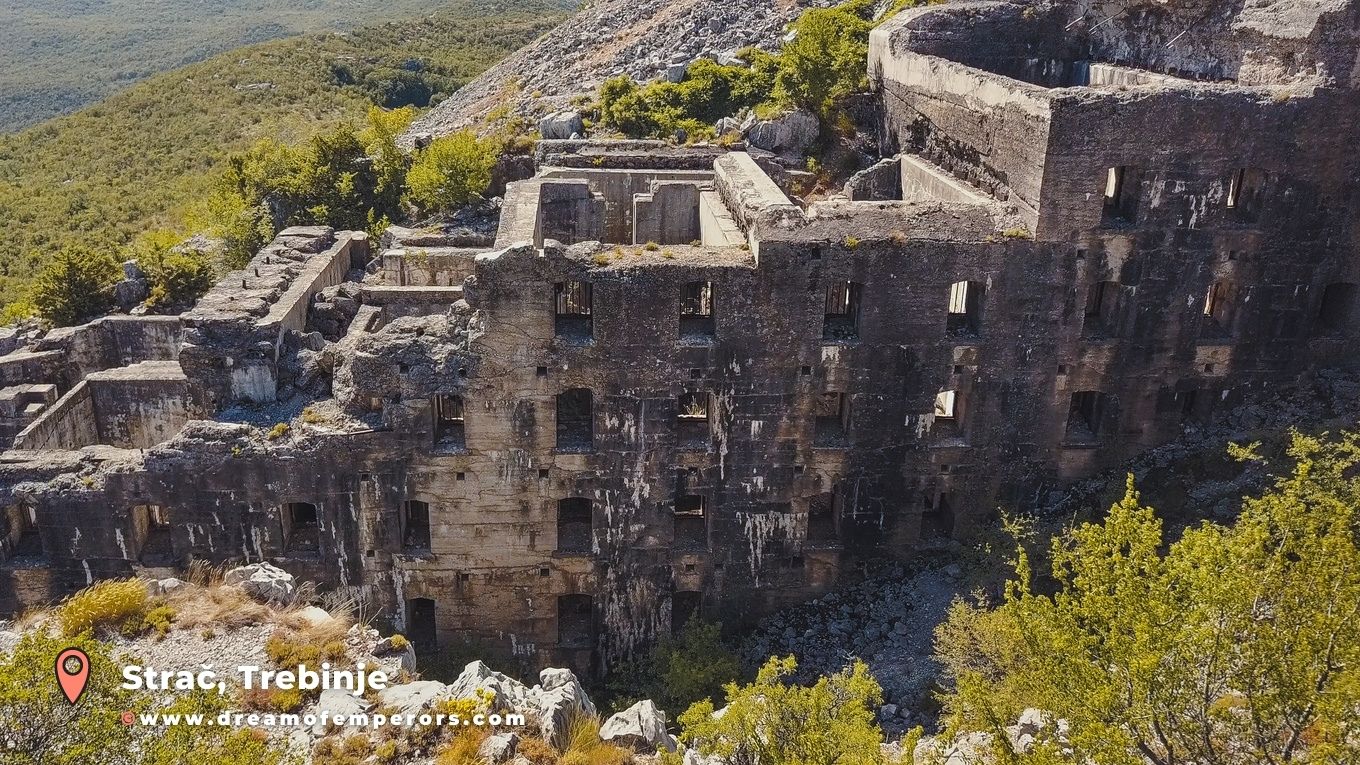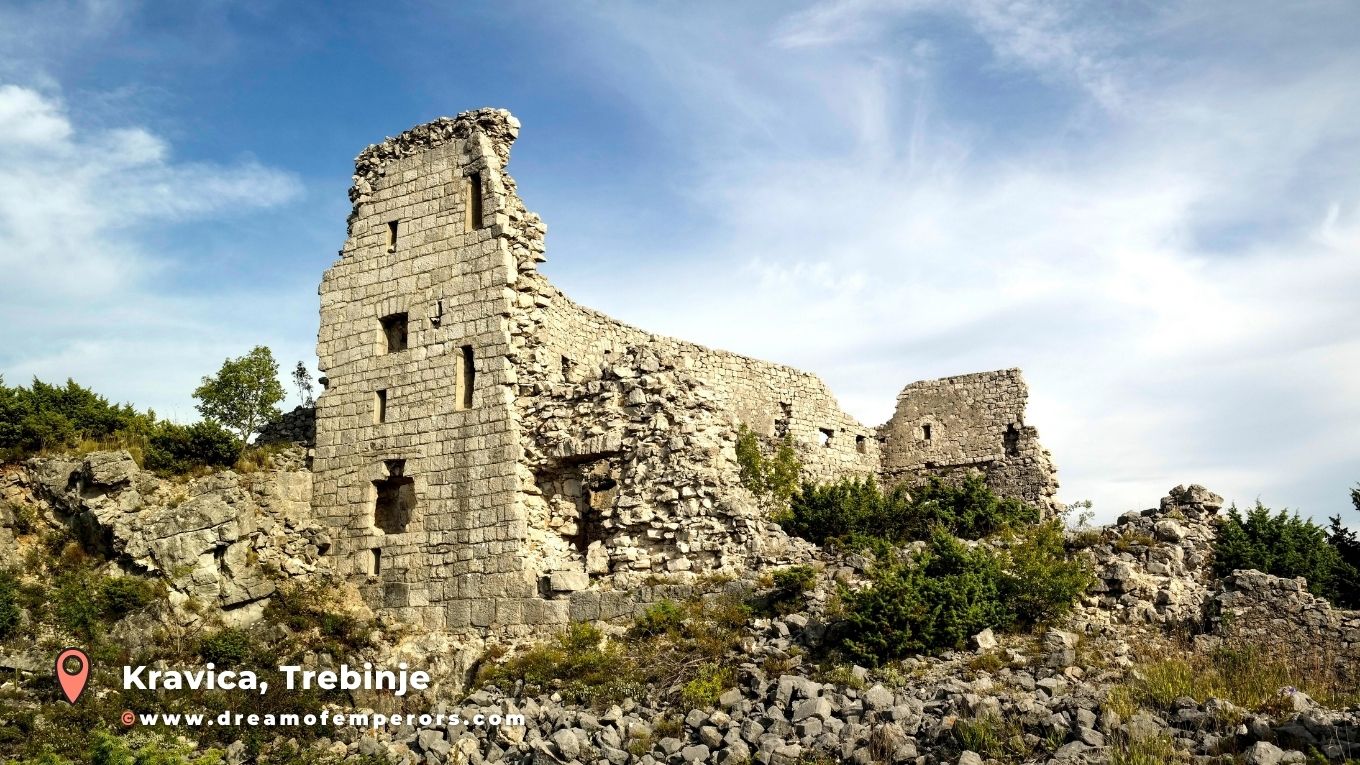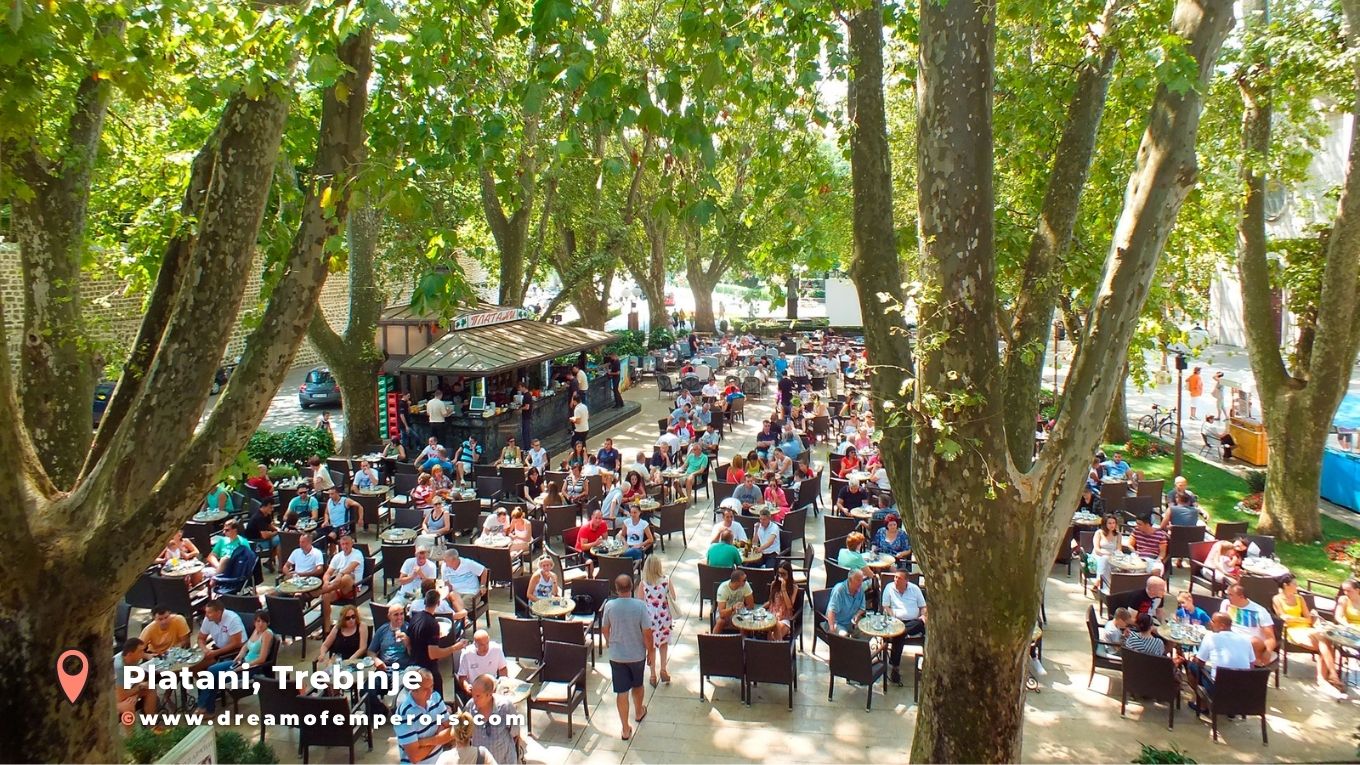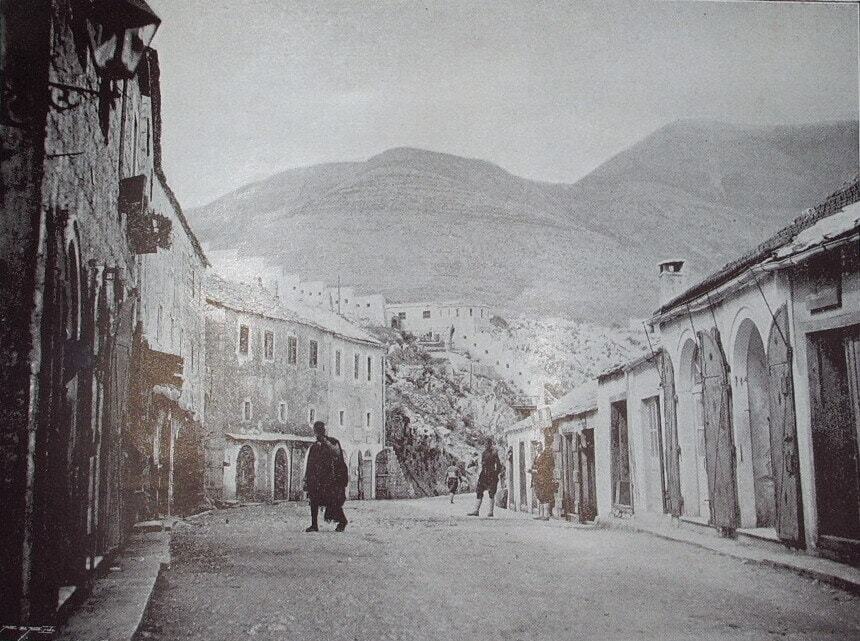10th century
First mention of Trebinje
Trebinje was firstly mentioned in Byzantine sources dating back to the 10th century, and the area around it was called Travunija. For a time, Travunija was an independent Slavic principality, only to later become part of various surrounding states during the Middle Ages. In the 15th century, this area fell under the rule of Herceg Prince Stjepan Vukčić Kosača, and began to bear the present name of Herzegovina.
2020.
3 countries, many tourist attractions
Trebinje is the farthest southern town in Bosnia and Herzegovina. It is on a strategic location, given its connection to Montenegro and Croatia. The city center was built as the mix of mediterranean style, Mletak's republic, and the Ottoman and Austro-Hungarian style. This unique combination makes up for a very interesting spot to visit, specially if you're traveling through the neighboring countries.
1878.
Austro-Hungarian Emprie
Strač is a military facility from the time of the Austro-Hungarian monarchy. It was built from 1910. to 1916., with the aim of protecting the Bay of Kotor, preparing Austria-Hungary for war after the annexation of Bosnia and Herzegovina. This fort has been an enigma for decades. The buildings that make up the fort had huge profiles of iron construction, a large part of which was removed and melted from the tower after the Second World War, during the reconstruction and construction of the country. At the top of this building are four steel domes, half masonry and half carved in stone, which you can visit today.
1910th year
Construction of the Strač fortress
Strac is a military facility from the time of the Austro-Hungarian monarchy. It was built from 1910 to 1916, with the aim of protecting the Bay of Kotor, ie preparing Austria-Hungary for war after the annexation of Bosnia and Herzegovina. This fort has been an enigma for decades. The buildings that make up the fort had huge profiles of iron construction, a large part of which was removed and melted from the tower after the Second World War, during the reconstruction and construction of the country. At the top of this building are four steel domes, half masonry and half carved in stone, which you can visit today.
1482.
1st Foundations
The Ottomans took over the city in 1466 and took over Herceg Novi in 1482. It was in 1482. that they started the initial construction of the beautiful fortresses in Trebinje area that we see today. Even though Trebinje experienced certain infrastructural development under the Ottoman rule, it got its biggest growth from the Austro-Hungarian days.






